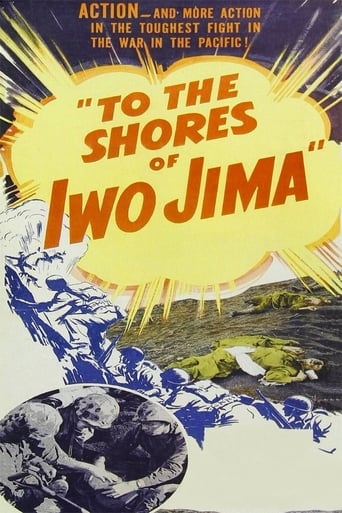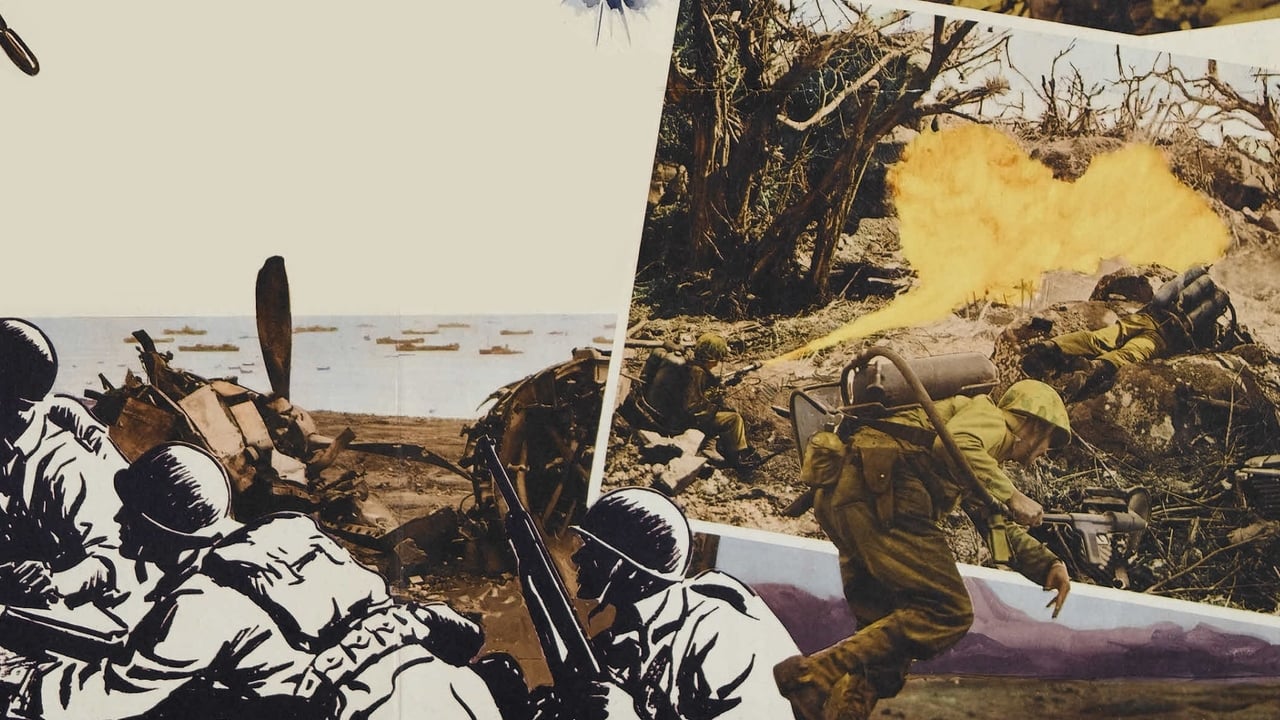Lee Eisenberg
The Oscar-nominated "To the Shores of Iwo Jima" focuses on the US army's efforts to take the famous island, and features footage of the Marines raising the flag on Mt. Suribachi. Naturally the narration uses a racial epithet for the Japanese and the footage towards the end shows US forces using questionable methods to go after the Japanese forces. A lot of intense stuff here.But I'd say that the most important thing involving the raising of the flag wasn't known until years later. You see, one of the men who raised the flag was Ira Hayes, an Apache Indian. In the years after the war, Hayes drank himself to death. He was the subject of a song by Johnny Cash.Anyway, it's an OK documentary short. The main gist is that no matter what horror the men taking the island faced, they pressed on because they knew that the world was counting on them. Their country certainly was. The documentary's worth seeing.
oscar-35
*Spoiler/plot- 1945, The US Marines attack the first Japanese strong hold to start their invasion into mainland Japan.*Special Stars- The FIVE flag-raisers on Mount Suribachi.*Theme- Battles rely on key points of pressure by military force.*Trivia/location/goofs- American documentary, nominated for Oscar, 4 camera persons killed and 11 wounded during the shooting of this film*Emotion- An enjoyable documentary made up of live action combat or newsreel footage. However, there are the unpleasant shots of injured Americans and killed Japanese with some blatant racism in the form of the word use of 'Japs or 'Nips'. But it is extremely educational and does what a narrative simulated war film can do.
Michael_Elliott
To the Shores of Iwo Jima (1945) *** (out of 4) According to the IMDb, four men were killed and ten others were wounded while making this documentary, which shows actual footage of the Iwo Jima battle. The battle scenes are quite remarkable and are shown in vivid color but there's also several violent moments where we see dead Americans and their mutated bodies. There's also another scene where we're shown the Americans setting fire to a fox hole where several Japanese soldiers are. The documentary goes on to show the bodies of these men on fire. Received an Oscar nomination.
rsoonsa
An Academy Award nominee for Best Documentary, this 20 minute Technicolor production unfolds with graphic energy the nearly month long battle for Iwo Jima, a volcanic island lying 700 miles southeast of Japan, in which 20000 Japanese and nearly 7000 American fighting men were killed, a struggle eternalized by Joe Rosenthal's photograph of five Marines and a Navy corpsman raising a giant U.S. flag atop 550 foot high Mt. Suribachi, cinematically captured here in this well-edited (by Warner Bros.) effort. With all footage compiled by combat photographers from the U.S. Navy, Marines, and Coast Guard, we watch as the defending positions are softened by an extensive aerial and Naval bombardment, followed by ten waves of landing craft occupied by men selected from 110000 (and 880 ships!) who had to fight for every inch of black sandy soil, as only 200 Japanese surrendered, many being fused by flamethrowers, shown in dispiriting detail during the course of this work which was released only two months after the brutal engagement, and months before the atomic bombing attacks upon the Japanese mainland.


 AD
AD
